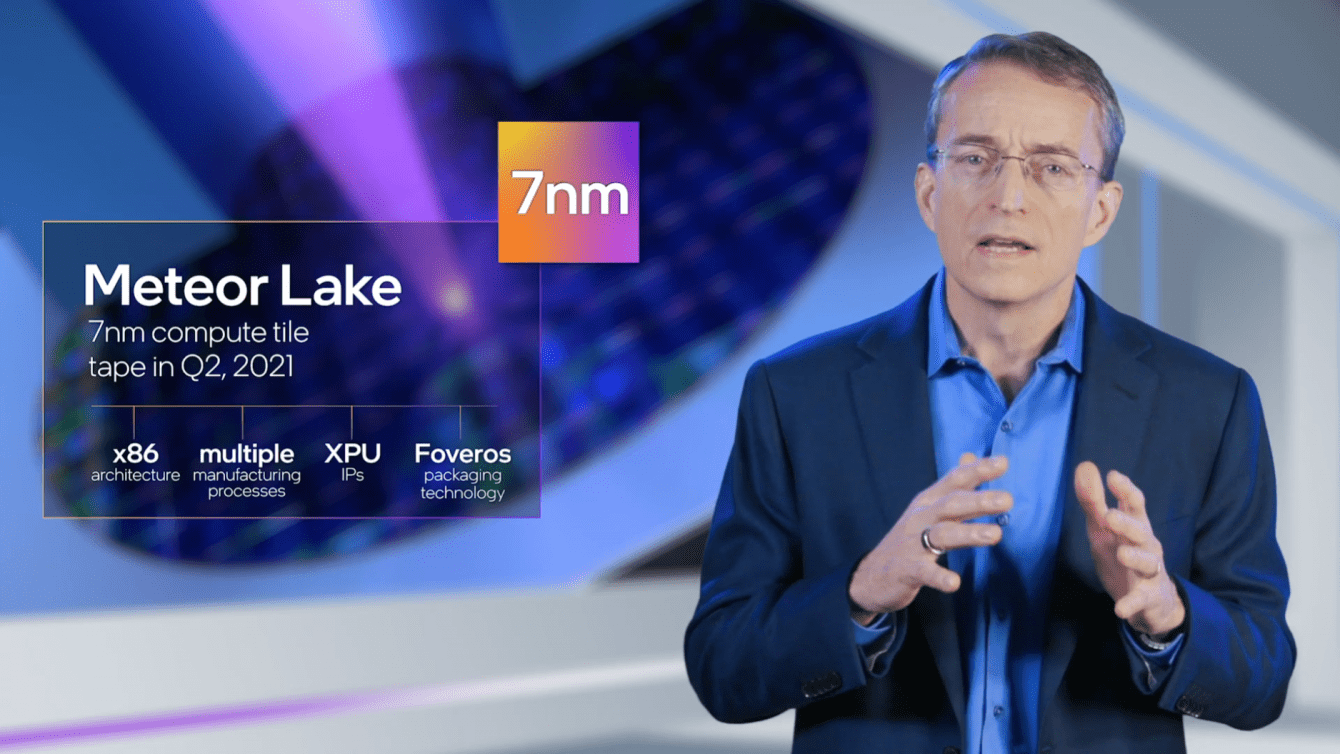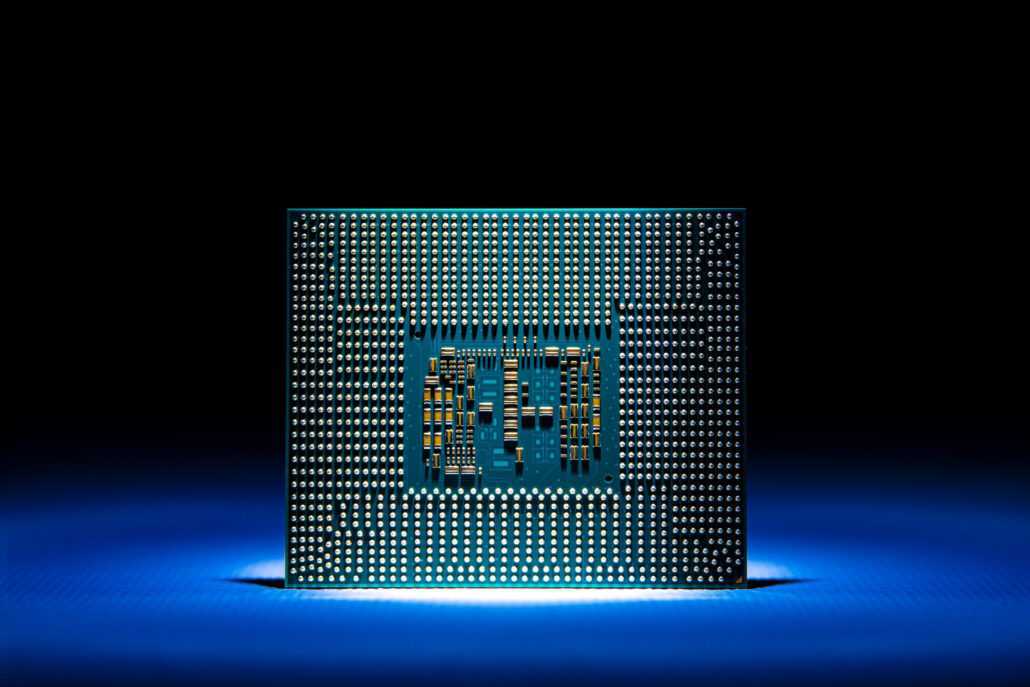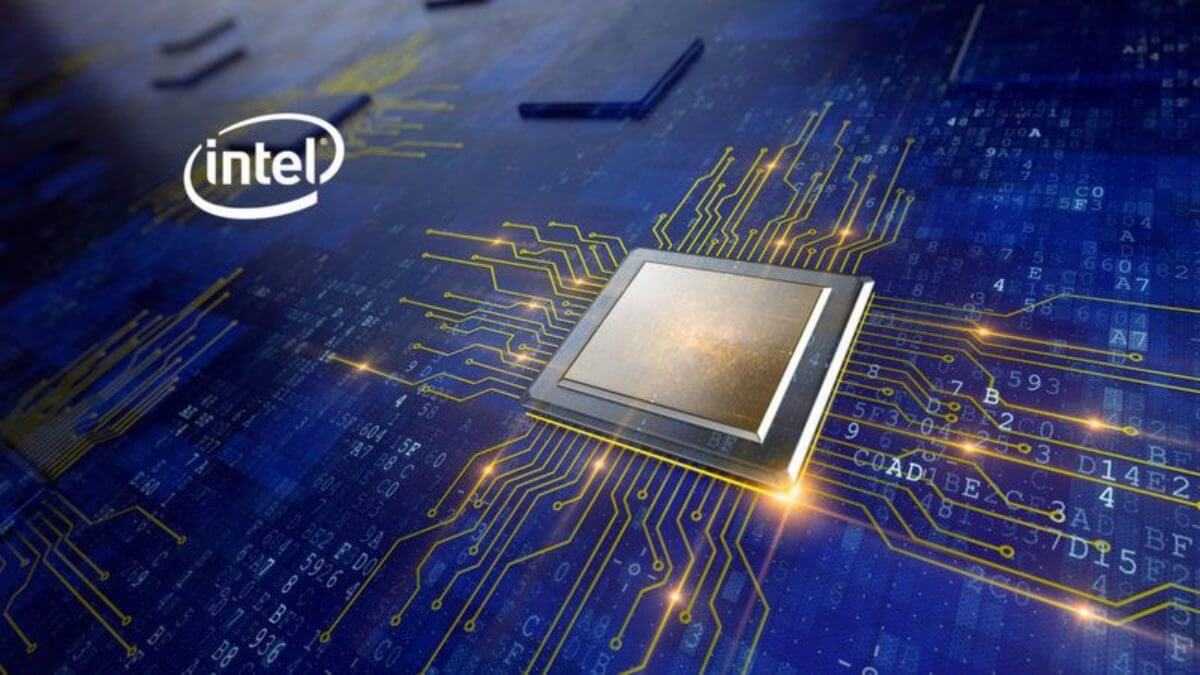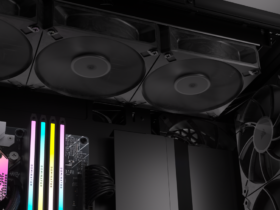The official confirmation arrives: the Intel Meteor Lake CPUs will arrive in 2023 and will use the 7 nm production process of the Santa Clara house. It also appears that a modular approach will be used to build easily scalable chips. Let’s see the details
It seems that the semiconductor giant has clear ideas about its future and big news awaits us in the coming years. First of all towards the late 2021 or early 2022 will see Alder Lake CPUs, the first CPUs with hybrid architecture also in the desktop segment. Intel has also officially confirmed its own CPU Intel Meteor Lake generation (the thirteenth in theory) that will be destined for desktop and mobility platforms in 2023. Intel has revealed that the Meteor Lake chips will be the first to benefit from the 7 nm EUV production node for large volumes, which will mark a huge milestone for the company. But many other innovations have been built around these new processors. Let’s see the details.

Intel Meteor Lake: modular architecture and 7nm EUV process
The Intel Meteor Lake line has finally been officially confirmed. The new processors will obviously be based on the x86 architecture but this time it will use a modular design. Intel will combine several cores together, similar to their hybrid approach on upcoming Alder Lake CPUs which will feature both 10nm Golden Cove and 10nm Gracemont cores.
We are moving rapidly through 7nm process maturity, with a simplified process and increased EUV. The compute tile for Meteor Lake, a breakthrough 2023 client processor, will tape in next quarter. https://t.co/lY5fO1aYAJ pic.twitter.com/WzkJL0gPRw
— Intel News (@intelnews) March 23, 2021
Intel’s Meteor Lake line will include both desktop and mobile processors and is expected to be based on a new “Cove” core architecture. The code name of the new architecture could be “Redwood Cove”As reported by MLID (Moore’s Law is Dead), but it will certainly be physically accomplished with the 7nm EUV process node developed by Intel. Rumors claim that the Redwood Cove architecture was designed from the ground up to be an agnostic knot, which is that it can be produced in different factories, which is currently not possible with Intel processors. On the other hand, Intel should already have entered into business with the Taiwanese TSMC for the production of discrete GPUs based on the Xe architecture, nothing prevents us from deepening this relationship in the future.

New communication bus
Intel Meteor Lake CPUs could be the first in the consumer arena a say goodbye to the ring bus interconnect architecture. The ring bus architecture was introduced in 2011 to allow easy scaling of CPU micro-components (number of cores, I / O interfaces, etc…). In essence, the connection bus is nothing more than a circular ring, where the components that must communicate are inserted, as if they were bus stops. The data then circulates within the ring and there is a single path to go from point A to point B, crossing the various intermediate nodes. With this facility new micro-components can be added without modifying the network topology in any way and therefore in a totally transparent way. The problem is that the more components that enter the bus, the more the ring widens and the intermediate paths lengthen and therefore the latency increases. To remedy the problem it had been developed a bus architecture called mesh, where the various components are connected with a sort of grid. In this way the topology is similar to that of a neighborhood where there are different paths (some long, some short) to go from one component to another. This structure was used only for the Xeon Scalable Processor platform which needed to reach a very high number of cores, but today things seem to change even in the desktop environment, with AMD having already for several years embraced the idea of chiplets to scale its processors.
The modular design of Intel Meteor Lake
There are also rumors that Intel Meteor Lake could be un design completamente 3D Stacked and could use an I / O die from an external manufacturer (TSMC spotted again). It is in fact highlighted that Intel will officially use its Foveros Packaging Technology on the new CPUs to interconnect the various dies on the chip (XPU) which allows you to stack various chiplets in order to save space As for what the Meteor Lake family from Intel will offer, we should find support for the LGA 1700 socket which is the same used by Alder Lake processors. The support for DDR5 memory and the PCIe Gen 5.0 standard almost counted. The platform, however, should support both DDR5 memory and DDR4 memory, to allow a more gradual technological transition by leaving the possibility to purchase DDR5 kits in the high end, while the DDR4 kits can be mounted in the cheaper configurations.

Given that the arrival on the market is expected in two years, in 2023, there will certainly be time to deepen and better define the specifications of Intel Meteor Lake CPUs. What is certain is that the Santa Clara company seems to have received the blow from AMD and now seems ready to respond with new CPUs equipped with many cores on a par with Ryzen 9 or Threadripper, but without sacrificing the excellent single thread performance that has always characterized. Intel processors. Certainly the CPU War is coming to life, hopefully all for the benefit of consumers! That’s all from the hardware section, keep following us for many other news!















